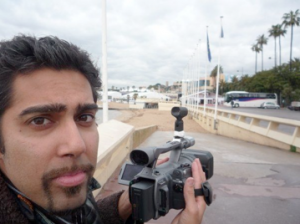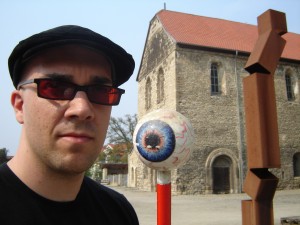Yesterday at the 2016 CAP Conference, I was amazed and inspired by the work my fellow peers displayed and presented. They highlighted a variety of topic and issues, from palm tree deforestation and a questioning of the theory of modernisation, to working with the issue of who can, and should be able to speak for whom, in regards to minority groups in the United States.
In particular, I wanted to comment on and discuss Isabelle Semmelhack’s spoken word piece, “More Than Just a Story,” in which she spoke of the life of a past acquaintance, who suffered from and experienced the presence of systematic and institutionalised racism within the United States. I think her approach to the issue, and presentation were amazing, and think that her work links well into some discussion we had during our year in CAP, especially regarding representation and ethics, of which we discussed in our ASTU class recently.
I think the ideas of representation, misrepresentation, and ethics are important ideas to deal with and take notice to when speaking about issues regarding the presence of racism and marginalization, especially when speaking for and with a minority group, such as the black community as Isabelle spoke about. It seems that so frequently we are quick to combat any time an individual that is not part of a minority group speaks for a minority group; but I think an issue lies in this. If an individual is part of a minority group, and suffers from the silence and marginalization society places on them, then what are the chances they are going to be heard? It seems that at times, as Isabelle did, it is important to speak about, with, and for marginalized groups, because in many cases they do not get to speak out themselves, due to an oppressed state of being and the presence of a media system still containing racist undertones. Only a select few from these groups ever receive the ability to speak about issues regarding the racism still present in America, so it seems that in some cases, individuals not from that group should in turn be allowed to speak too, as any speaking out about these issues seem to be vastly better than not. Though the issues of representation and ethics arise, it seems that when speaking for and with a minority group, when done in a positive way, is influential for the better.
It has been interesting writing my final paper for ASTU, which works to analyze and take a look into the presence of autobiography in rap music produced by Joey BADA$$, Kendrick Lamar, and 2pac, as this medium seems to be very well suited to the speaking out about issues of institutionalized racism in the United States. It was great watching Isabelle’s spoken word piece, as it had strong ties to and correlations with the rap music produced today about similar issues. I thoroughly enjoyed the way in which Isabelle presented her project, as it highlighted a controversy that requires attention, while also providing a passionate and strong way of doing so.
This year has been fantastic, and I’ve had such an amazing time. Thanks everyone for making it so incredibly great, and thank you for the amazing class Professor McNeill!

